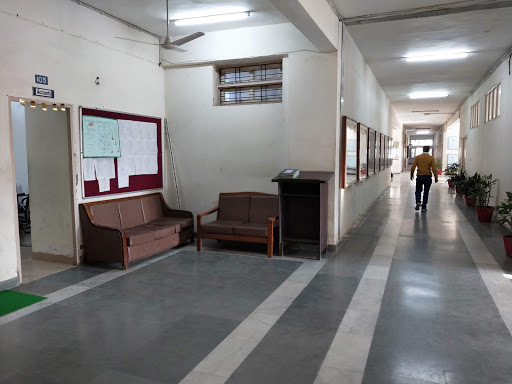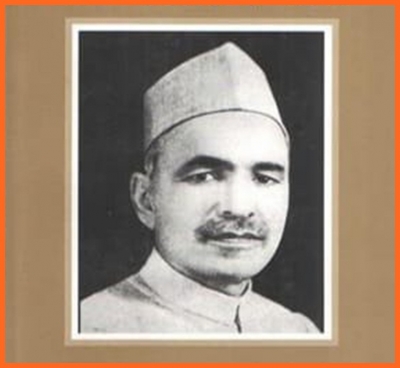By DN Singh
In the galaxy of freedom fighters in India, one name that still awaits a mention in the chronicles is that of Pt. Neki Ram who had literally floored the British imperialists with a one liner. “The whole country belongs to me”.
When the British tried to convince Pt Nek Ram by offering free land, he said “The whole country belongs to me.”
Born on September 7, 1887 in Kelanga village of Bhiwani district in present-day Haryana, Pt. Neki Ram devoted his entire life to fighting against the Raj.

His intimate association with Mahatma Gandhi, from Bapu’s movement against “untouchability” to the Quit India movement (1942) somehow loses its luster in the pages of the history of freedom struggle that Pt. Ram was an integral part of it.

He spent 2,200 days in the Raj prison and participated in every struggle that defined India’s struggle for freedom – the anti-Rowlatt Act movement (1919), the non-cooperation movement (1920-22 ), the Salt Satyagraha (1930), the Individual Satyagraha (1940-41), and finally, the Quit India movement (1942). Later, he became a Member of Parliament of the Rajya Sabha on a ticket from Congress.
scholar in Sanskrit
It was in 1905 in Benaras, where he did his higher studies in Sanskrit, that he met some of the main nationalist leaders, including Gopal Krishna Gokhale, Lokmanya Bal Gangadhar Tilak, Lala Lajpat Rai, Surendra Nath Banerjee and Pandit Madan Mohan. Malviya. at the annual session of the Indian National Congress. It gave meaning to his life.
When Lala Lajpat Rai was deported to Mandalay Prison in Myanmar in 1907, 20-year-old Pt. Neki Ram became a determined opponent of the British Raj.

Records show that there was a time when he even wanted to make a bomb to attack British personnel. But the moderate Congress leader, Surendra Nath Benerjee, whom the young man met in Calcutta, guided him on the importance of following the path of non-violence.
Pt. Neki Ram, who was later given the honorary title of “Haryana Kesari”, rose to prominence when he organized the Ambala Divisional Political Conference in Bhiwani on October 22, 1920, to popularize the non-cooperation movement .
When Gandhi listened to him
At the insistence of Pandit Neki Ram, Mahatma Gandhi, brothers Ali – Shaukat and Mohammad, Maulana Abul Kalam Azad and Kasturba Gandhi joined the conference. And the Mahatma won people’s hearts by sitting on the ground like them.
A year later, on October 16, 1921, Gandhi was back in Bhiwani, this time raising funds for the Tilak Swaraj Fund for constructive work, including the fight against untouchability. The day is significant in Bhiwani history as local women generously donated their gold ornaments to the Fund.
Pt. Neki Ram’s association with Gandhi dates back to 1915 when he began supporting the Mahatma’s movement against untouchability, although he had already made his mark as a Hindu Sanatanist leader.
Opposite Raj tooth and nail
In fact, he was consistent in his efforts to advance social reforms in Hindu society and took steps for the upliftment of the oppressed. During World War I, he also strongly opposed the recruitment of soldiers from Haryana for the British Army.
When on July 15, 1922, the young freedom fighter was released from Mianwali prison, which is now in Pakistan (and is famous for having once counted Sheikh Mujibur Rehman among its inmates), people welcomed him all over the world. along the way to Bhiwani.
A large crowd gathered at Bhiwani railway station to receive their leader, who had put their hometown on the map of the country’s freedom struggle. A large college in Rohtak is named after Pt. Neki Ram, as is the district library in Bhiwani. He died on June 8, 1956.


